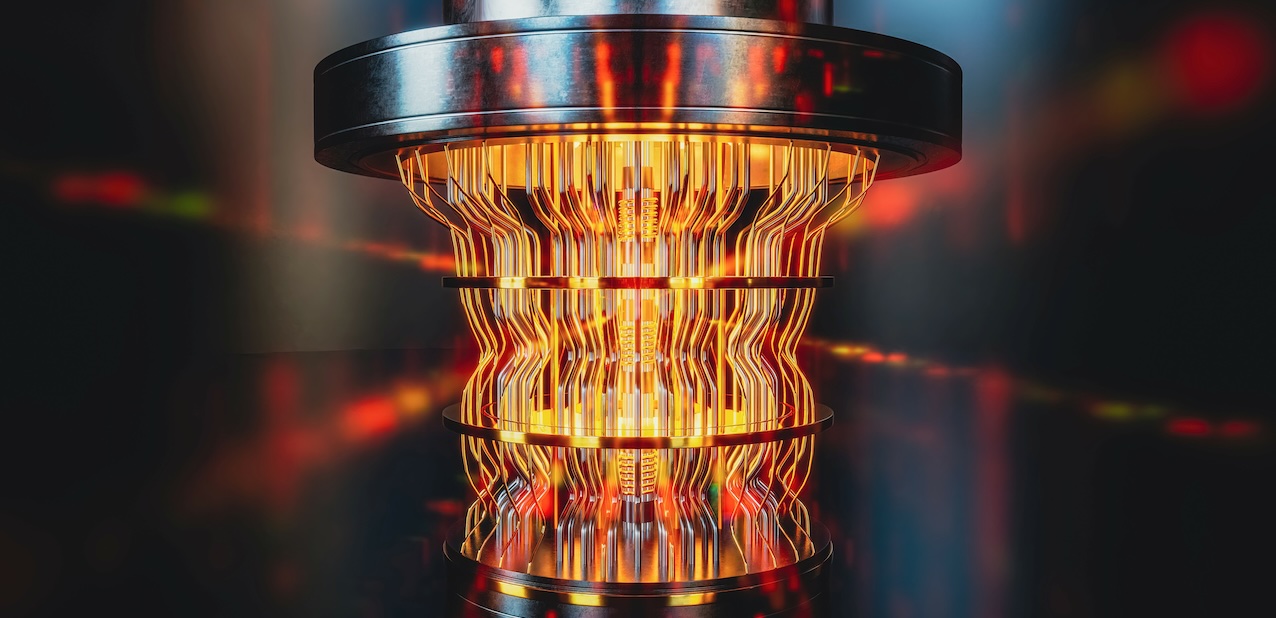Nuclear Fusion: Q2 2025 Highlights
From April through June 2025, the fusion sector made substantial strides—in investment, technologies, and corporate commitment—marking growing confidence and forward movement toward commercialization.
May 10 – France’s WEST tokamak sustains plasma for over 22 minutes
The French CEA achieved a new record in tokamak research by maintaining a stable fusion plasma for more than 22 minutes at its WEST facility. This sustained energy input demonstrates progress toward the continuous operation necessary for viable energy generation.
Read more: Sustainability‑Times
Mid‑June – Proxima Fusion raises €130 million for stellarator development
European startup Proxima Fusion secured a record-breaking €130 million Series A round led by Cherry Ventures and Balderton Capital. The funding supports development of a quasi‑isodynamic stellarator design, aiming for a demonstration coil by 2027 and commercial-grade systems by 2031.
Read more: Clean Energy Wire
June 21–30 – Global fusion investment jumps by $2.64 billion
According to the Fusion Industry Association’s latest report, fusion startups raised $2.64 billion over the previous year—the highest annual growth since 2022. Total invested since 2021 now stands at nearly $9.8 billion, reflecting increased confidence from venture capitalists and energy incumbents like Chevron and Shell.
Read more: Reuters
June 30 – Google signs 200 MW power purchase deal with Commonwealth Fusion
Google committed to buying 200 megawatts of electricity from Commonwealth Fusion Systems, in which it is also increasing equity investment. The deal supports CFS’s ARC project in Virginia, aiming to supply clean fusion energy to the grid by the early 2030s.
Read more: The Verge
Why This Quarter Marks a Strategic Turning Point
- Momentum in investment: Funding surged by nearly $2.6 billion year-over-year. With growing contributions from traditional energy companies and venture capital, fusion is moving from speculative to strategic interest.
- Emerging European leadership: Proxima’s €130 million raise positions Europe as a strong contender in the stellarator approach—a promising alternative to tokamaks.
- Commercial signals surface: Google’s power purchase agreement with CFS is one of the first corporate commitments to fusion electricity output, signaling belief in its future viability.
- Technical validation continues: Achievements like France’s 22-minute plasma run represent incremental but necessary validation in reactor stability—a foundation for scalable energy production.
Implications for Business & Energy Strategy
These developments underscore that fusion is transitioning from vision to reality. For policymakers, investors, and corporate leaders, it's time to consider how fusion fits into future energy planning. Areas to watch include:
- Energy contracting and infrastructure: Early power purchase agreements suggest future opportunities for corporate clean energy sourcing.
- Investment pipelines: Fueling next-gen energy tech through careful capital allocation and partnerships.
- Research collaboration and intellectual property: Supporting innovation in reactor design, superconducting magnets, and plasma control.
- Regulatory framing: Governments and regulators will need frameworks to prepare for grid-scale fusion integration and economic policy adaptation.


